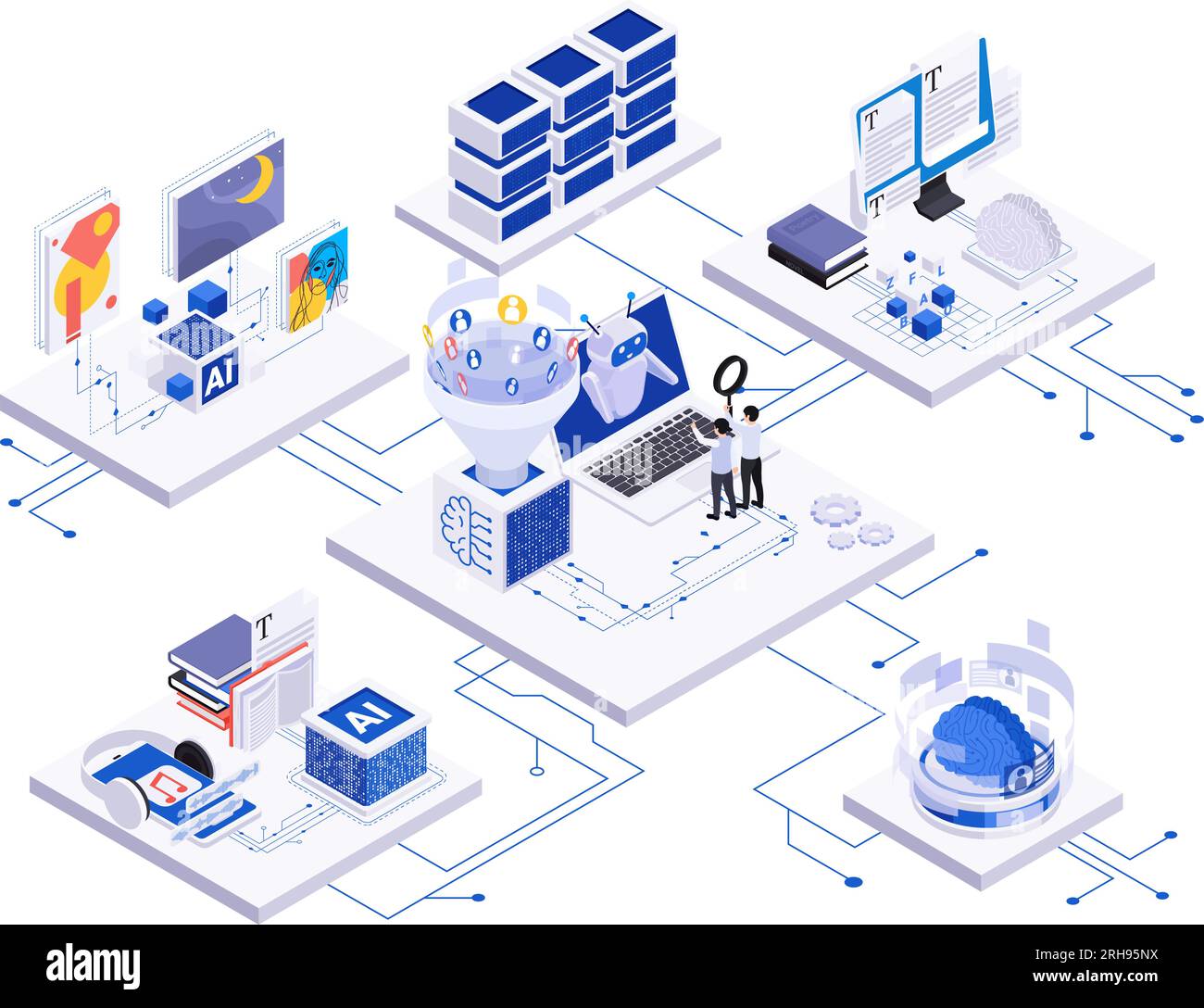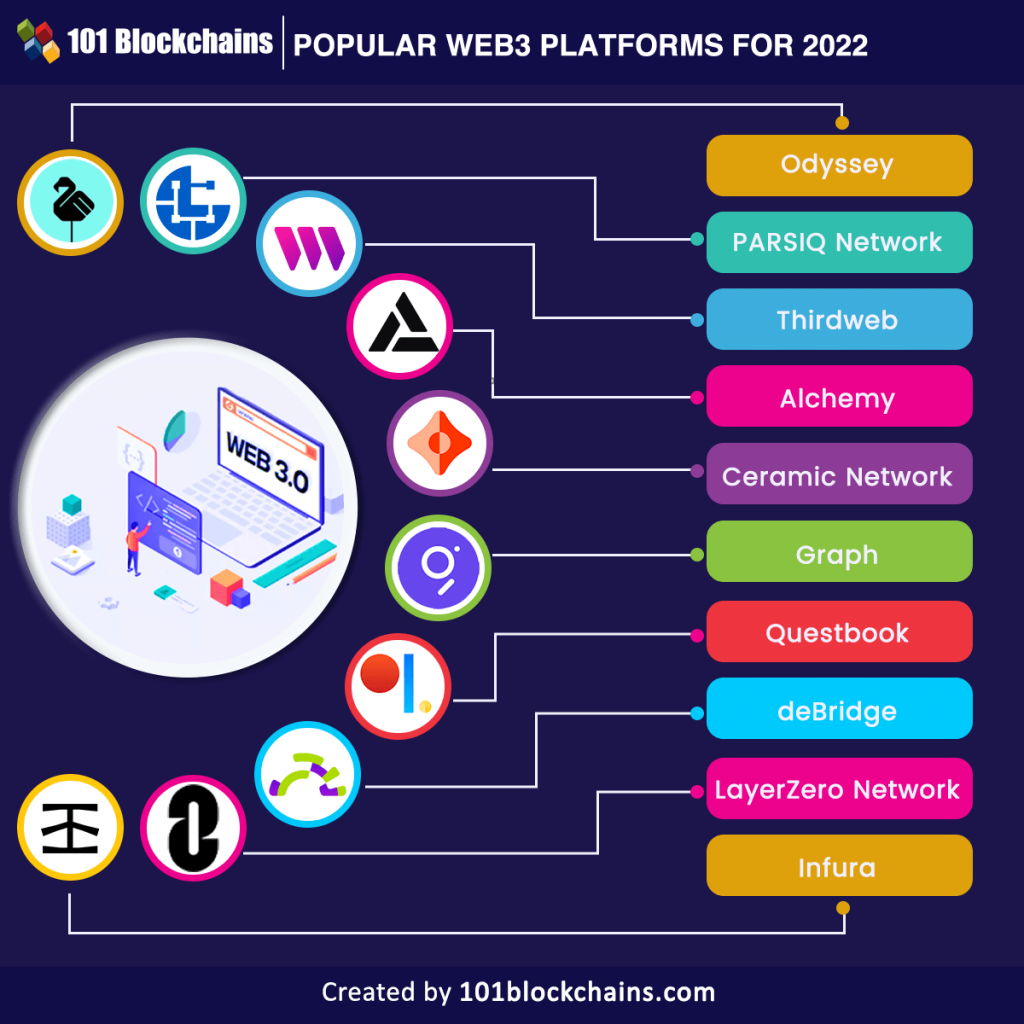
Unleash Your Creativity: A Beginner’s Guide to AI for Content Creation (Writing, Art, & Music)
The world of content creation is buzzing, and at the heart of this excitement lies Artificial Intelligence (AI). What once seemed like science fiction is now a powerful tool in the hands of writers, artists, musicians, marketers, and everyday creators. If you’ve heard about AI for content creation but aren’t sure where to start, you’re in the right place!
This long, SEO-friendly guide will demystify AI’s role in writing, art, and music, showing you how these incredible tools can supercharge your creativity, boost your productivity, and help you produce amazing content, even if you’re a complete beginner.
What Exactly is AI for Content Creation?
At its simplest, AI for content creation refers to computer programs and algorithms designed to generate, assist with, or enhance various forms of content. Think of it like having a super-smart, tirelessly creative assistant by your side.
Most of the AI tools you’ll hear about for content creation fall under the umbrella of "Generative AI." This means they can create brand new, original content based on the instructions (called "prompts") you give them. Instead of just analyzing data, they can actually make things – from a catchy headline to a unique piece of music or a stunning image.
Key Concepts to Understand:
- Prompt: This is the instruction or query you give to the AI. The clearer and more detailed your prompt, the better the AI’s output will be.
- Model: This is the AI’s "brain" – a complex network trained on vast amounts of data (text, images, sounds) that allows it to understand your prompts and generate content.
- Generative AI: AI that can create new content (text, images, audio, video) rather than just analyzing or processing existing data.
Now, let’s dive into how AI is transforming specific content domains.
AI for Written Content: Your New Writing Assistant
For many, writing can be a struggle. Writer’s block, tight deadlines, or simply needing fresh ideas can be challenging. AI writing tools are here to help, acting as a collaborative partner rather than a replacement for human creativity.
How it Works:
You give the AI a text prompt – it could be a simple request like "Write a catchy headline for a blog post about healthy eating" or a complex one like "Draft an outline for an article on the history of jazz music, focusing on key figures and musical innovations." The AI then processes this and generates text based on its training data.
Benefits of Using AI for Writing:
- Overcome Writer’s Block: AI can generate initial ideas, outlines, or even full drafts to get you started.
- Boost Productivity & Speed: Draft content much faster, freeing up your time for editing and strategic thinking.
- Generate Ideas: Need fresh angles for a blog post or different ways to phrase a sentence? AI is a brainstorm powerhouse.
- Optimize for SEO: Many AI tools can help you identify relevant keywords and integrate them naturally into your content, improving its search engine visibility.
- Repurpose Content: Quickly turn a long article into social media posts, email snippets, or video scripts.
- Improve Clarity & Grammar: While not their primary function, some AI tools can help refine language and check for grammatical errors.
- Translate & Summarize: Translate text into different languages or condense long documents into concise summaries.
Popular Use Cases for AI Writing Tools:
- Blog Posts & Articles: Generate outlines, introductions, conclusions, or full drafts on various topics.
- Social Media Captions: Create engaging and optimized captions for platforms like Instagram, Facebook, and LinkedIn.
- Email Marketing: Draft subject lines, email bodies, and call-to-actions for newsletters and campaigns.
- Ad Copy: Generate persuasive headlines and body copy for online advertisements.
- Product Descriptions: Write compelling and detailed descriptions for e-commerce products.
- Scripts: Develop outlines or dialogue for videos, podcasts, or presentations.
- Brainstorming & Outlining: Get quick ideas and structured frameworks for any writing project.
Examples of AI Writing Tools (Categories):
- General Purpose AI Writers: Tools based on large language models (LLMs) like GPT-3 or GPT-4 (e.g., ChatGPT, Jasper, Copy.ai) that can handle a wide range of writing tasks.
- Paraphrasing & Summarizing Tools: Specialized AI that rewrites existing text or condenses it.
- Grammar & Style Checkers: Tools like Grammarly often incorporate AI to suggest improvements beyond basic spelling.
Remember: AI-generated text often needs a human touch for accuracy, tone, and unique flair. Always review and edit!
AI for Visual Content: Unleashing Your Inner Artist
Creating stunning visuals used to require specialized skills, expensive software, or hiring a designer. AI image generators are changing that, democratizing visual content creation for everyone.
How it Works:
These tools typically operate on a "text-to-image" principle. You describe in words what you want to see – "a majestic space cat wearing a crown, highly detailed, cyberpunk style" – and the AI generates an image based on your description. You can often specify styles, colors, lighting, and more.
Benefits of Using AI for Art & Design:
- Accessibility: No drawing skills required! Anyone can create unique visuals.
- Rapid Prototyping: Quickly generate multiple variations of an idea to find the perfect concept.
- Unique & Original Art: Create visuals that don’t exist anywhere else.
- Cost-Effective: Reduce reliance on stock photo libraries or professional designers for certain tasks.
- Overcome Creative Blocks: Explore visual ideas you might not have thought of otherwise.
- Experimentation: Easily test different artistic styles, moods, and compositions.
Popular Use Cases for AI Art Generators:
- Blog Post Headers & Featured Images: Create eye-catching visuals to accompany your written content.
- Social Media Graphics: Design unique images and backgrounds for your posts and stories.
- Marketing Materials: Generate visuals for ads, banners, and promotional content.
- Concept Art: Quickly visualize ideas for characters, environments, or products.
- Book Covers: Design custom covers for e-books or print-on-demand books.
- NFT Art: Create unique digital artworks for the NFT marketplace.
- Personal Projects: Generate custom wallpapers, profile pictures, or gifts.
Examples of AI Art Generators:
- Midjourney: Known for its highly aesthetic and artistic outputs, often used by professional artists.
- DALL-E 2/3: Developed by OpenAI, capable of generating diverse and realistic images from text descriptions.
- Stable Diffusion: An open-source model that can be run on personal computers, offering great flexibility and customization.
- Adobe Firefly: Integrated into Adobe’s creative suite, focusing on safe and commercially viable image generation.
Pro Tip: Learning "prompt engineering" (the art of writing effective prompts) is key to getting the best results from AI art tools. Be descriptive, specify styles, and experiment!
AI for Audio Content: Composing the Future of Sound
Music and sound effects are crucial for engaging content, from videos and podcasts to presentations and games. AI is making music composition and sound design more accessible than ever.
How it Works:
AI music generators can create original pieces of music based on your input. This input can range from specifying a genre ("upbeat electronic pop"), a mood ("calm and ambient"), instruments ("piano, strings, light drums"), or even a tempo and key. Some tools can also generate sound effects or separate elements from existing audio.
Benefits of Using AI for Audio & Music:
- Democratize Music Creation: You don’t need to be a musician or composer to create original tracks.
- Royalty-Free Music: Generate unique background music for your projects without worrying about licensing fees or copyright issues.
- Speed & Efficiency: Quickly create music or sound effects for your content, saving time and money.
- Inspiration & Exploration: Experiment with different genres, moods, and instruments to find the perfect sound.
- Customization: Generate music tailored precisely to the length, style, and mood of your content.
Popular Use Cases for AI Audio & Music Tools:
- Background Music: Create unique soundtracks for YouTube videos, presentations, and social media content.
- Podcast Intros & Outros: Design custom jingles and theme music for your audio shows.
- Jingles & Advertisements: Generate catchy tunes for product promotions.
- Sound Effects: Create custom sound effects for games, animations, or videos.
- Game Scores: Develop dynamic and adaptive music for video games.
- Meditation & Relaxation Tracks: Generate calming soundscapes.
- Personal Music Projects: Experiment with new musical ideas and compositions.
Examples of AI Music & Audio Tools:
- Generative Music Platforms: Tools like Amper Music, AIVA, or Soundraw allow you to generate tracks by selecting genres, moods, and instruments.
- Text-to-Speech with Emotional Tones: While not music generation, advanced TTS can create highly natural-sounding voiceovers.
- Audio Separation Tools: AI that can separate vocals from instrumentals in a song.
Considerations: While AI music is impressive, it might not always capture the nuanced emotion or artistic depth of human-composed music. However, for functional background music or quick creative bursts, it’s incredibly powerful.
The Power of AI: More Than Just Automation
It’s easy to see AI content creation as simply automating tasks. While it certainly does that, its true power lies in its ability to amplify human creativity, not replace it.
- AI as a Co-Pilot: Think of AI as your intelligent co-pilot. It handles the initial heavy lifting, generates ideas, and produces drafts, allowing you to focus on the strategic, creative, and human-centric aspects of content creation.
- Amplify Your Strengths: If you’re a great editor, AI gives you more content to refine. If you’re a visionary, AI helps you visualize those visions faster.
- Democratize Creativity: AI lowers the barrier to entry for content creation. Now, anyone with an idea can bring it to life, regardless of their technical skills in writing, art, or music.
- Innovation & Experimentation: AI encourages you to try new things, explore different styles, and push the boundaries of what’s possible, without the fear of wasting hours on a concept that doesn’t pan out.
Ethical Considerations & Best Practices
While AI offers incredible opportunities, it’s crucial to use these tools responsibly and ethically.
- Human Oversight is Key: Always review, fact-check, and refine AI-generated content. AI can make mistakes, generate inaccurate information, or produce biased content. Your human judgment is indispensable.
- Originality & Plagiarism: While generative AI creates "new" content, it’s trained on existing data. Always ensure the output is unique and doesn’t inadvertently plagiarize. Tools exist to check for originality.
- Bias: AI models are trained on vast datasets, which can sometimes reflect existing biases present in the real world. Be aware that AI output might inadvertently perpetuate stereotypes or inaccuracies.
- Copyright & Ownership: The legal landscape around AI-generated content and copyright is still evolving. Research the terms of service for any AI tool you use, especially if creating content for commercial purposes.
- Transparency: For professional content, consider being transparent about your use of AI tools, especially if it’s a significant part of the creation process.
Getting Started with AI Content Creation
Ready to dive in? Here’s how you can begin your journey:
- Start Small: Pick one area – writing, art, or music – that interests you most.
- Experiment with Free Tools: Many AI tools offer free trials or basic free versions. This is a great way to get a feel for how they work.
- Learn Prompt Engineering: The quality of your output heavily depends on the quality of your input. Spend time learning how to write clear, detailed, and effective prompts. There are many tutorials online!
- Combine AI with Your Human Touch: Don’t just copy and paste AI output. Use it as a starting point, then infuse it with your unique voice, perspective, and creativity. Edit, refine, and personalize.
- Stay Curious & Updated: The AI landscape is evolving rapidly. Keep an eye on new tools, features, and best practices.
Conclusion: Your Creative Future is AI-Powered
AI for content creation isn’t a futuristic fantasy; it’s a present-day reality that’s transforming how we write, design, and compose. From overcoming writer’s block and generating unique visuals to creating custom soundtracks, AI tools are empowering creators of all skill levels.
By embracing these technologies responsibly and integrating them into your creative workflow, you can unlock new levels of productivity, explore unprecedented creative avenues, and bring your ideas to life faster and more effectively than ever before. The future of content creation is collaborative, innovative, and incredibly exciting – and AI is your ultimate partner in that journey.



Post Comment